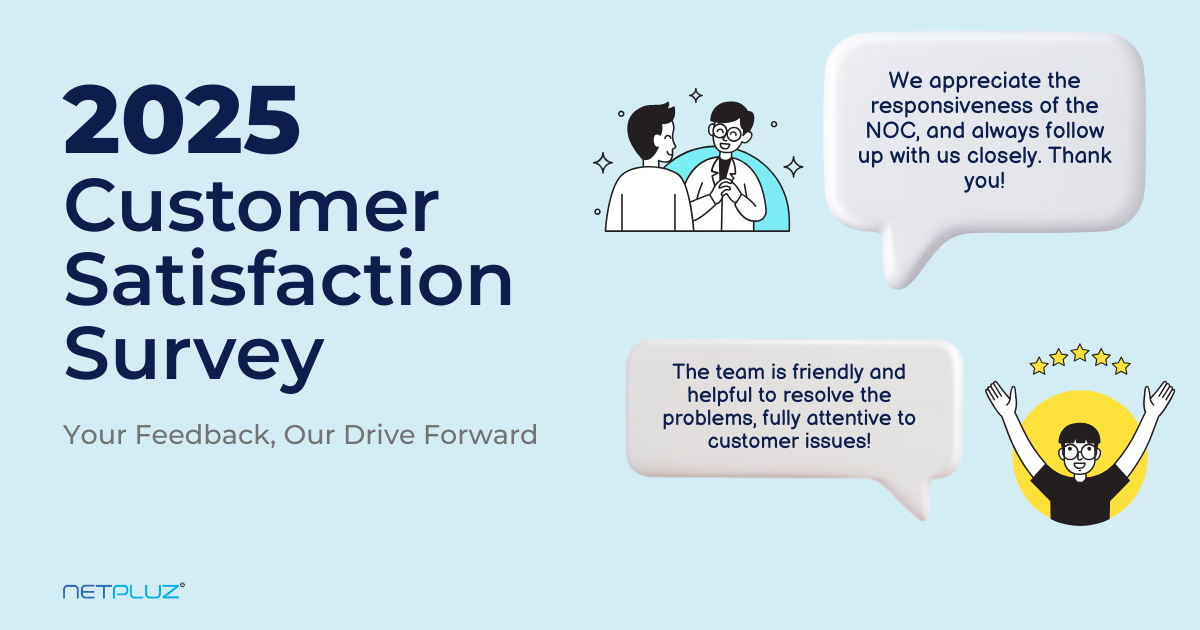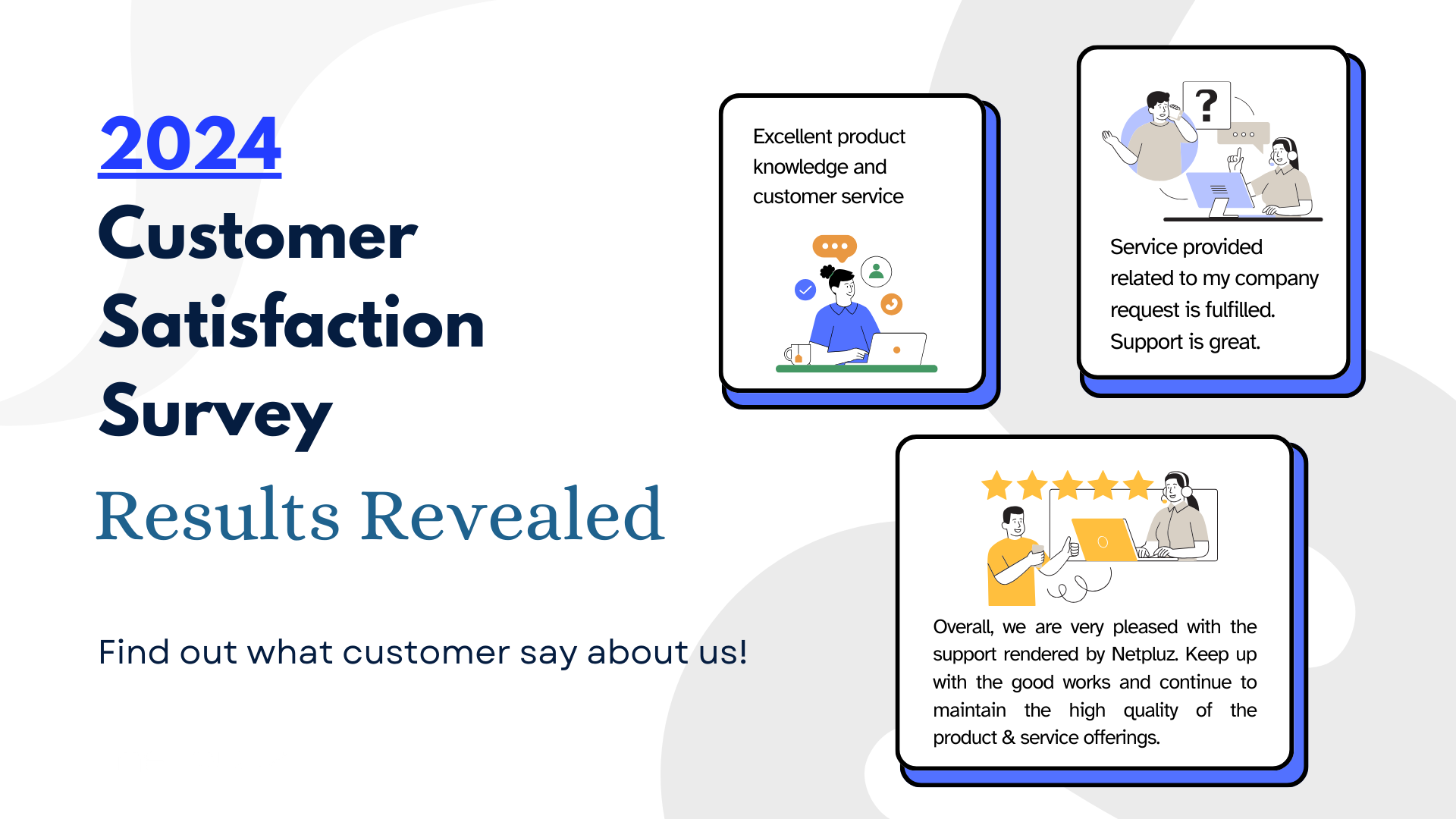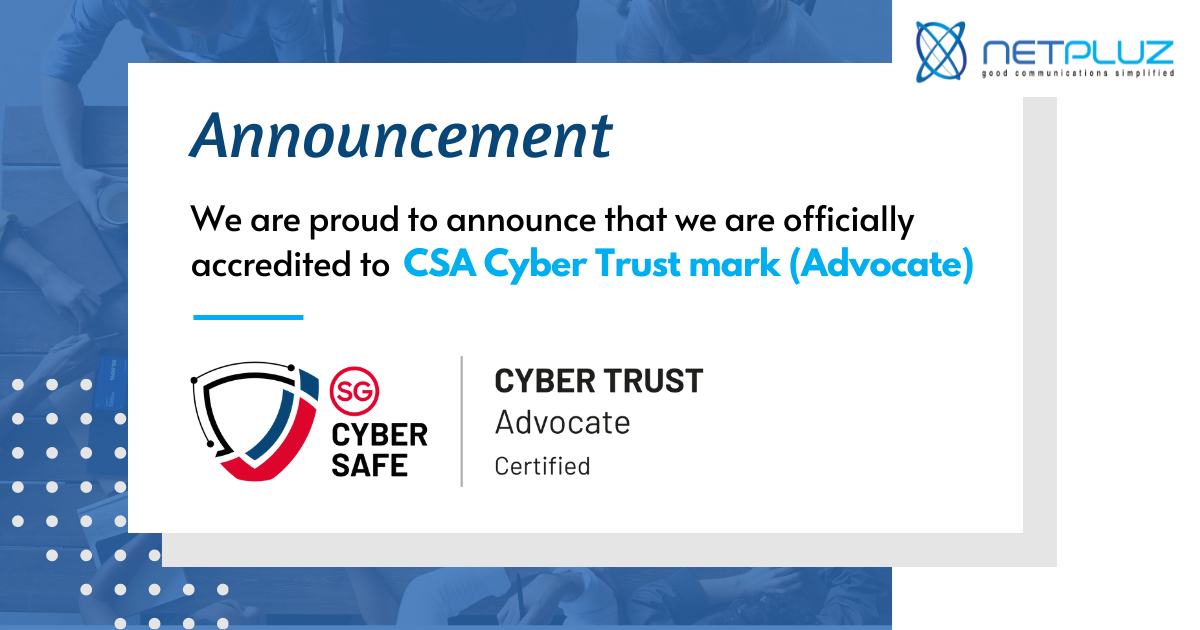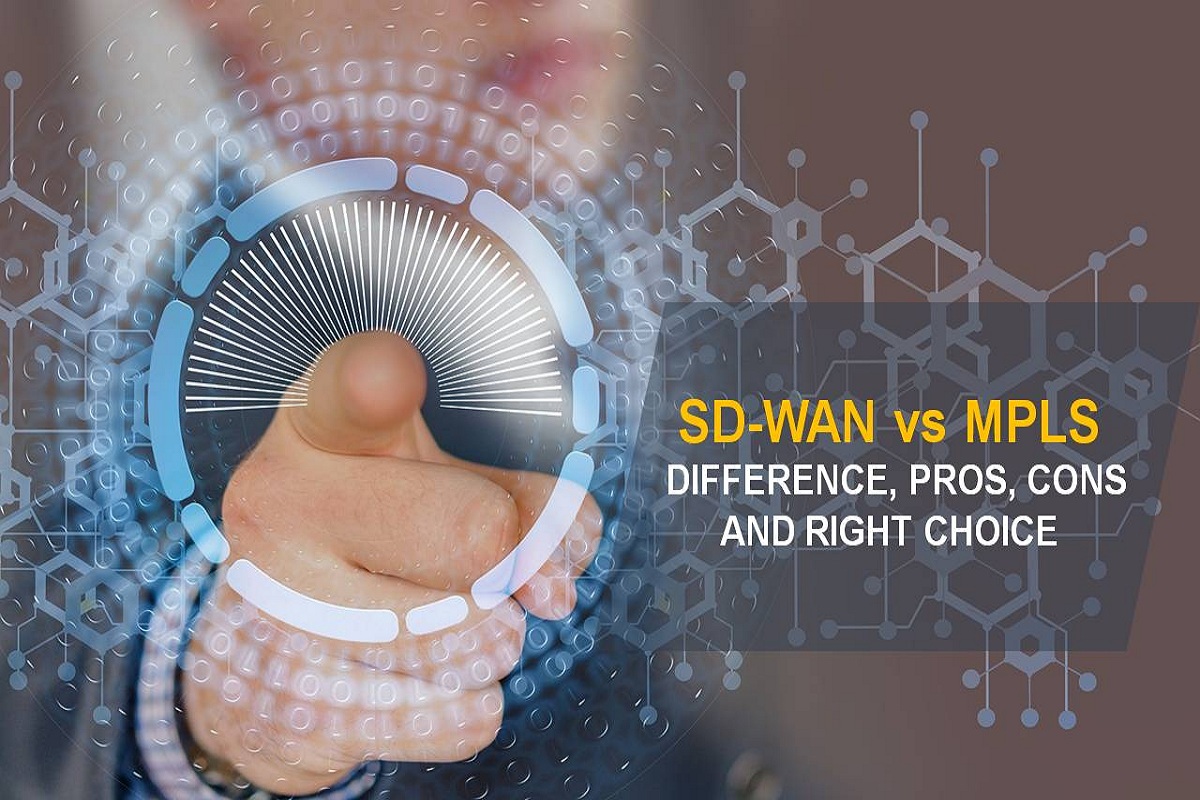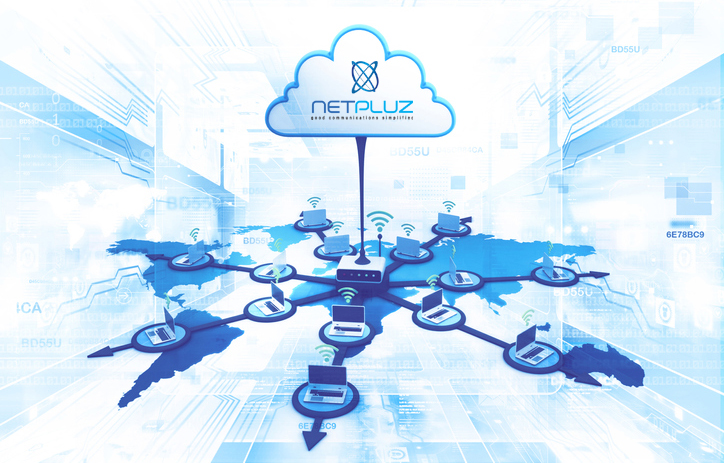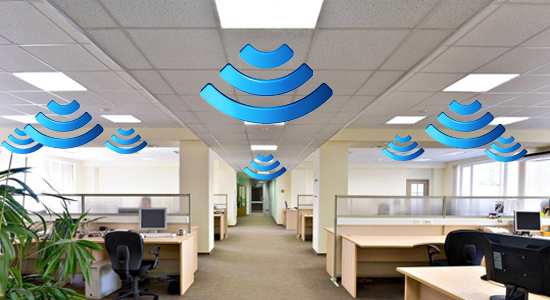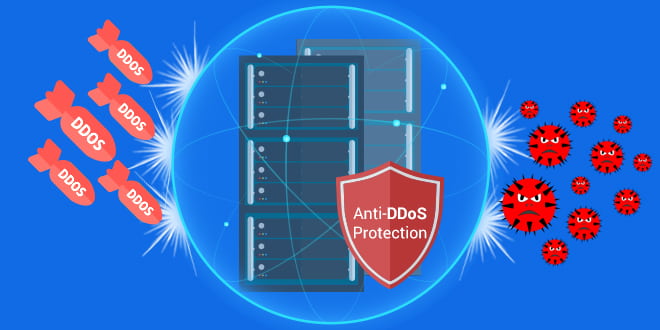IS SD-WAN RIGHT FOR MY BUSINESS?
SDWAN (or SD-WAN) stands for Software-Defined Wide Area Network is gaining popularity among business, especially those who require simplicity in expanding their connectivity across their regional offices or branches. Most have heard of the term but is still unsure how it will deliver or even the benefits of embarking on such a project.
The reasons are very simple!
SDWAN is an automated approach to business or enterprise network connectivity, both locally and regionally, and allows optimisation of network performance leveraging on Software Defined Network (SDN) technologies.
SD-WAN, according to Wikipedia, is defined as “an acronym for software-defined networking (SDN) in a wide area network (WAN).” The page also stated that SD-WAN simplifies the operational management of Wide Area Networking by separating the networking hardware such as traditional routers from its control mechanism.
So do I really need SD-WAN?
One of the biggest push factors of SD-WAN adoption is the cost to deploy, reliability of service and security level. The top and main goal of SD-WAN technology are to deliver a business-grade, secure yet simple cloud-based and cloud-enabled WAN connection with as much open and software-based technology as possible, according to an article posted at SDX Central .
The main reason on why so many businesses turn to SDWAN is because the concept and successful case studies proved that SDWAN simplifies the business network management administration, and it is a whole lot easier to manage than traditional and legacy WANs. This is done by moving the network management to the cloud. To simplify this statement, you are no longer going to rely on physical network management all the time but with SDWAN, you will leverage on a combination of network paths and routing, through the cloud, like most new virtualised technologies. Remember the time when virtualisation was the hottest topic in the market?
To summarise this even further, SDWAN is going to be very useful and massive stress reduction to your Information Technology (IT) team to manage your multiple offices, branches or locations, both locally and regionally. Your team will be able to enjoy, under a single pane of glass with improved Quality of Service (QoS), on network-wide control and visibility. The platform is powered to connect and communicate with all network endpoints without the need for additional or extra technology, protocols or an IT engineer on-site to reconfigure.
Imagine this, with the addition of new protocols, IT engineers often need to manually update each endpoint and this will often lead to human error, causing downtime and possible loss of potential revenue. With Cloud-based and managed, every update can be done from the cloud, potentially and significantly reduce error, save time and cost reduction. One of the major benefits of SD-WAN is the simplicity and time required to set the solution up and running for your business.
Extensive hardware that traditionally requires a lot of effort and long lead time can now be tested, deployed and provisioned in a matter of business days, and no longer weeks or months.
Sounds interesting?
Hold your horses! There are things to consider!
Even though there are a lot of benefits that will entice you to get onboard SDWAN, there are still a number of factors and considerations to keep in mind and discuss with experts when you are deciding whether to deploy SD-WAN solution for the business and how to proceed further.
For instance, would you consider to manage SDWAN in-house or do you want it delivered by a Managed Service Provider, under SDWAN-as-a-Service? Compared to managing it in-house, getting it delivered through managed service can be much faster to deploy and less hassle. This would mean that there will not be a need to hire additional skillset, in most case, very expensive skillset to manage such a platform. The managed service provider, Netpluz can support local and regional deployment, manage for you as a service, so ultimately it will be more convenient.
Another consideration will be if you are planning to use an internet-based SDWAN setup deployment or a global private network for security purpose. Internet-based, such as the use of readily available fibre broadband internet connectivity might be good enough for your business if your offices or branches are based locally, and the internet is of high reliability and quality, such as in Singapore.
However, it could bring issues for global deployment of SDWAN if you are looking into setting up a global private network that provides faster response time and increased security level. Interested parties often ask if SDWAN is a replacement for Multiprotocol Label Switching (MPLS). If you have not read our blog on SDWAN vs MPLS, you can click here to read more. The answer may surprise you.
SD-WAN technologies are taking off like an upward rocket mainly due to their ease of management and the higher levels of network optimisation and automation they deliver. Despite this, 80% of enterprises have chosen managed SD-WAN, as compared to 20% choosing to deploy SD-WAN in-house route according to recent research by Frost & Sullivan.
So which path should I be heading towards?
There is no single way to manage SD-WAN. Businesses must carefully map out which road works best for them when it comes to deploying and managing SD-WAN, taking into consideration their business needs and growth path in the upcoming 3-5 years. This is why Netpluz can come in to consult with you, show you a LIVE DEMO on the SDWAN solution, to help you in your evolution and digital transformation to SDWAN.
You might also be interested to read up an ebook on SDWAN for dummies guide that was published by our selected SDWAN partner, Velocloud, now part of VMware. You can download the ebook by clicking here.

Netpluz is a registered partner of VeloCloud.
7 alarming factors that could cost your company thousands of dollars if you make this one fatal mistake: Debunking the myth between SD-WAN and MPLS
“SD-WAN is sure to be better than MPLS…” We have heard it many times from people claiming that software-defined networking in a Wide Area Network (SD-WAN) is better than Multiprotocol Label Switching (MPLS) in the area of managed services.
However, is it really true for your business?
MPLS has always been competing against SD-WAN solutions to meet today’s high demands and expanding needs for networked-critical systems. In reality, there are more to these claims than meets the eye. In this article, we will compare the pros and cons between these 2 network technologies and you will then be able to discover whether SD-WAN is actually good for your company.
What is MPLS?
MPLS is a traditional network technology that forwards data for network traffic and directs data through a path via labels. This helps to eliminate the need for complicated lookups in a routing table at every stop and a label is assigned to each packet to differentiate itself from other traffic on Wide Area Network (WAN). 3
What is SD-WAN?
SD-WAN is a networking technology that uses software to make wide-area networks more intelligent and flexible by connecting sites directly to the internet over commodity broadband links. This helps to eliminate the need for administering each WAN device manually. It is being done through the use of managing configurations centrally and access policies. 3
If you want to find out more about everything you need to know about SD-WAN, do read up another blog on it by clicking here.
MPLS VS SD-WAN: The 7 deadly factors that will cost your company a lot if you don’t make the right choice in selecting the right technology
Bandwidth
MPLS comes with a high bandwidth cost. It is not suitable for high bandwidth that is above 100m as its circuit cost is expensive. MPLS requires a huge amount of effort to add new links as compared to SD-WAN. Thus, MPLS is not recommended for companies with branch offices, remote sites and those who need to grow their distributed network capabilities quickly. Unlike MPLS, SD-WAN comes with zero bandwidth cost through the use of many, high-bandwidth and cheap Internet connections simultaneously. Customers are able to upgrade with ease by adding new links without causing any changes to the infrastructure or the network. Through this process, your company will then have an inexpensive internet connection without sacrificing its performance. 1, 2
Performance
MPLS can only send traffic via one network connection and that the settings of your class of service cannot be changed. Thus, resulting in low speed at which the traffic is being sent. However, SD-WAN will help to control unimportant traffic while sending the rest of the traffic via the fastest route across the internet circuit. Therefore, with only the important traffic being sent across the fastest route, it will enable SD-WAN to perform at its highest performance. 1
Uptime
MPLS will have a failover to a substitute internet connection. However, you will experience some delay during the failover most of the time; which will decrease the uptime on MPLS for your company. Unlike MPLS, SD-WAN can allow your company to aggregate many ISP Internet and Wide Area Network (WAN) at a single site. Thus, your company will not have any circuit redundancy for your WAN which will increase uptime for your company. 1
Performance independent of geographical location
MPLS does not have a network for companies in a remote or international location. As a result, those companies will have an underperforming network as they run all traffic over an IPsec VPN. However, the benefits that SD-WAN provides for your company will never change, regardless of the underlying ISP your company is using. This is done through the use of switching transport for businesses. The cable or wireless infrastructure that connects the branch offices and data centres allows the company to mix and match them based on bandwidth availability. It will then quickly and easily spin up new connections to remote locations. Therefore, there will not be any underperforming network when using SD-WAN regardless of your geographical location. 1, 2, 5
Reliability and quality of service
MPLS is able to deliver packets reliably and provide a high quality of service. It also creates the quality of service buckets that ensure high priority traffic being delivered with minimum packet loss; this helps the system to operate without any loss of signal or quality over an MPLS framework. Thus, this network is significantly important for companies that rely on real-time protocols such as VoIP, virtual desktops and video conferencing. However, SD-WAN still connects your sites using the public internet which will carry a high amount of data loss risk. As soon as the packets reach the public internet, it is very difficult to ensure a low level of packet loss, latency and jitter which will definitely cause real-time applications to fail. These lost packets will ultimately cause congestion which will result in a time out. 2, 3, 4, 6
 |
 |
| Without SD-WAN @ 2% Packet Loss | 2% Packet Loss with SD-WAN |
High predictability of traffic
As each packet is assigned with a label, MPLS is able to separate it from other traffic on the Wide Area Network. When a label is being assigned to each packet, MPLS providers can then assign different priority to certain network traffic. These benefits, which are derived from the assigned labels to individual packet, will help to bring predictability of traffic to a network. 3
High level of Security
SD-WAN is heavily invested in security as it integrates security, policy, and orchestration of network architecture. All network, which includes the internet, that is sent in SD-WAN architecture are encrypted. All devices and endpoints are completely authenticated through the use of a scalable key-exchange functionality and software-defined security. Therefore, with the help of the encryption of information and the scalable key-exchange functionality, the security of SD-WAN network is enhanced. 3, 5
This table shows a summary of the respective features that MPLS and SD-WAN provide.
|
Feature |
MPLS |
SD-WAN |
|
Increased-Bandwidth |
X |
✓ |
|
Increased Performance |
X |
✓ |
|
Increased Uptime |
X |
✓ |
|
Performance independent of Geographical location |
X |
✓ |
|
Reliability and Quality of Services |
✓ |
X |
|
High Predictability of Traffic |
✓ |
X |
|
High Level Of Security |
X |
✓ |
So which should I choose for my company: SD-WAN or MPLS?
With SD-WAN technology offering more benefits than MPLS, companies may choose to take up SD-WAN technology. From its inexpensive cost to flexibility to easy of linking and to the increased security that SD-WAN offers, the benefits of SD-WAN is really obvious.
No wonder, many have claimed that SD-WAN is better than MPLS but does that necessarily mean that it is better for your company?
The answer is No.
Why? The reason is simple; many businesses may choose to take up SD-WAN than MPLS as they are trying to make their WAN infrastructure more efficient and evolve towards more cloud-based applications. Now, this means that if your company is using the cloud, SD-WAN would definitely be a better choice than MPLS.
However, if your company relies heavily on mission-critical, real-time applications running over the WAN such as phone calls, video conferencing and remote desktop, MPLS would be a better choice for your company.4
In summary, if your company is more suited for MPLS but you choose SD-WAN instead or vice versa, then that is the number one fatal mistake that will cost your company tons of money.
If you are still confused or unsure to choose between MPLS or SD-WAN, you do not have to worry or be frustrated!
Here at Netpluz, we provide free consultation and LIVE DEMO to better decide which network technology is best for your company. Click here to contact us for a free consultation!
Author: Chua Yi Run Stace
References
- Smith, Mike C., and IDG Contributor Network. “Is SD-WAN Better than MPLS?” Network World, Network World, 21 Sept. 2017, www.networkworld.com/article/3226371/is-sd-wan-better-than-mpls.html.
- Connor Craven. “SD-WAN vs MPLS: The Pros and Cons of Both Technologies” SDxCentral, 24th July 2017, https://www.sdxcentral.com/networking/sd-wan/definitions/sd-wan-vs-mpls-pros-cons-technologies/
- “SD-WAN vs MPLS” , Forcepoint, https://www.forcepoint.com/cyber-edu/sd-wan-vs-mpls
- “SD WAN vs MPLS: Pros and Cons”, FS.Com, 26th Jul. 2018, https://community.fs.com/blog/sd-wan-vs-mpls-pros-and-cons.html?c_site=w_site
- “The Primary Benefits of SD-WAN Technology” , SDxCentral, 27th Jun. 2017, https://www.sdxcentral.com/networking/sd-wan/definitions/sd-wan-technology/
- Rivenes, L, “What are the Causes of Packet Loss?” Datapath.io, 8th Mar. 2016, https://datapath.io/resources/blog/cau


